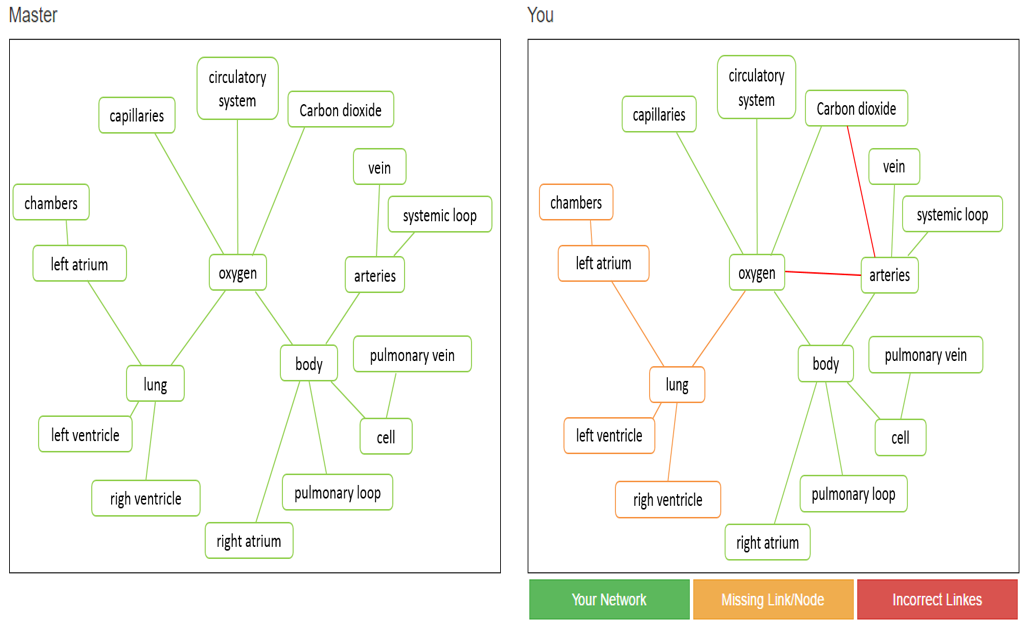The GIKS tool is very easy to use. Simply follow the steps below:
**Currently, GIKS is open by invitation only. Please contact Kyung Kim (PI) at kkim2@niu.edu for the invitation code required in the account registration.
For experiment investigator and researcher
Step 1:
You need to sign up for an account. After you have completed the registration process, you will be guided to an experiment management page, where you can add/edit/delete your GIKS experiment.
Step 2:
To create experiment, simply click the giant “plus” button in the panel. Then, you will be asked to provide the basic information of your experiment (e.g., the number of participants). In order to protect the privacy of users and participants of GIKS, the system will generate a roster, which contains a list of the randomly generated participants ID and Experiment ID.
Step 3:
You can add as many articles as you want, with keywords and synonyms (but optimal number of keywords is around 10-to-20). You can edit your experiment anytime through the “Edit” button in the experiment management panel.
For students and experiment participants
Step 1:
Participants can access to GIKS with their personal ID.
Step 2:
Participants can compose their response on the submit text box. Once participants click the “Submit” button, GIKS system will generate and display visually represented knowledge structure (KS) network graphs of their writings and also show the similarity and difference compared to the referent KS using different colored link lines (see example below). They can choose to try again through the “Try again” button and re-enter their writings. The student could can also print the feedback information.

GIKS screen shot of a KS network graph derived from a lesson text (left), Heart Circulatory System, and a student’s summary essay (right). Student’s KS feedback consists of a highlighted network graph showing the similarity and difference compared to the referent KS; yellow indicates 'missing' links/nodes (perhaps due to a lack of understanding of the specific relationships between the key concepts) and red indicates 'incorrect' links (perhaps due to a misunderstanding of the relationship between the key concepts).